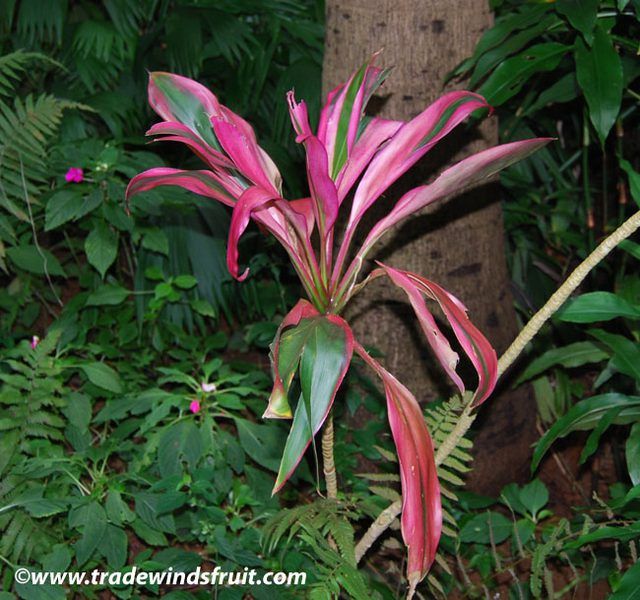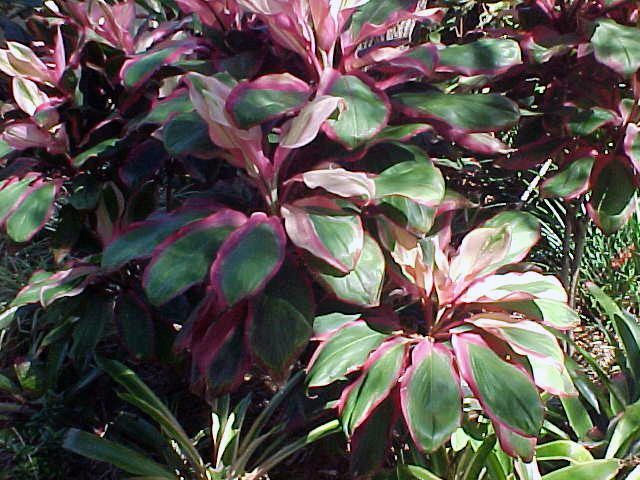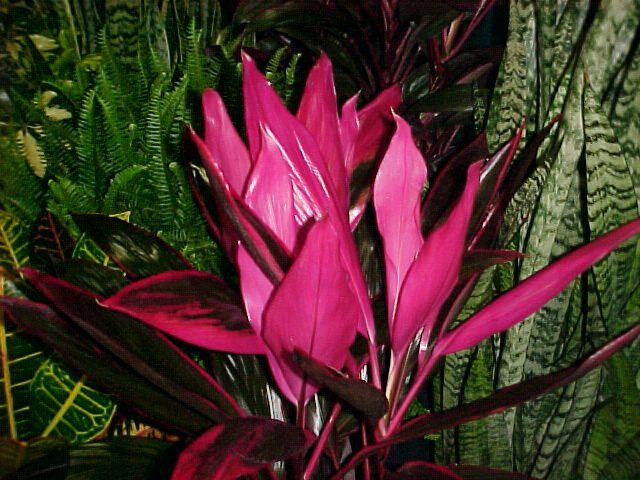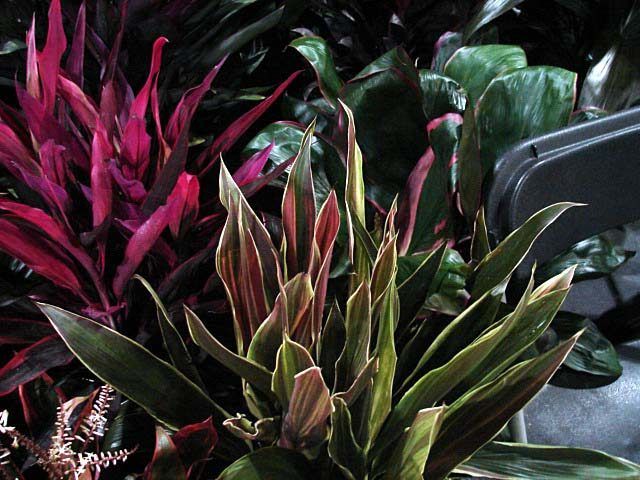Bulbs
Flower Basics
Flower Beds & Specialty Gardens
Flower Garden
Garden Furniture
Garden Gnomes
Garden Seeds
Garden Sheds
Garden Statues
Garden Tools & Supplies
Gardening Basics
Green & Organic
Groundcovers & Vines
Growing Annuals
Growing Basil
Growing Beans
Growing Berries
Growing Blueberries
Growing Cactus
Growing Corn
Growing Cotton
Growing Edibles
Growing Flowers
Growing Garlic
Growing Grapes
Growing Grass
Growing Herbs
Growing Jasmine
Growing Mint
Growing Mushrooms
Orchids
Growing Peanuts
Growing Perennials
Growing Plants
Growing Rosemary
Growing Roses
Growing Strawberries
Growing Sunflowers
Growing Thyme
Growing Tomatoes
Growing Tulips
Growing Vegetables
Herb Basics
Herb Garden
Indoor Growing
Landscaping Basics
Landscaping Patios
Landscaping Plants
Landscaping Shrubs
Landscaping Trees
Landscaping Walks & Pathways
Lawn Basics
Lawn Maintenance
Lawn Mowers
Lawn Ornaments
Lawn Planting
Lawn Tools
Outdoor Growing
Overall Landscape Planning
Pests, Weeds & Problems
Plant Basics
Rock Garden
Rose Garden
Shrubs
Soil
Specialty Gardens
Trees
Vegetable Garden
Yard Maintenance
How to Grow Tropical Ti Plants
How to Grow Tropical Ti Plants. The ti plant, also known as ti and Hawaiian good-luck-plant, is technically classified as Cordyline terminalis. There are approximately 20 species of Cordyline. Cordyline terminalis is the most popular species of the genus for indoor potted plants. It’s mostly associated with Hawaii and South Pacific Islands,...

The ti plant, also known as ti and Hawaiian good-luck-plant, is technically classified as Cordyline terminalis. There are approximately 20 species of Cordyline. Cordyline terminalis is the most popular species of the genus for indoor potted plants. Itís mostly associated with Hawaii and South Pacific Islands, but itís actually a native of East Asia. Some selections of ti plant are also used extensively as cut florist greens. Ti plants are among the most colorful foliage plants. Small-leaved selections of ti plants are finished as small and medium pots for retail market outlets and for use in combination planters. Larger multi-branched plants in 6 to 14-inch pots are produced for large scale interior planting projects. The upright plants come in many glowing colors of red and green and are said to be relatively easy to grow. Theyíre also a great way to design an indoor or outdoor tropical look.Its best known feature are its large, colorful leaves, which grow from the stem tips in a circular, star-like pattern.
Things You'll Need
Ti plant
Pots
Water
Soil
How to Grow Tropical Ti Plants
Ti plant seed is usually available from seedsmen from late summer through early winter. Seed from a few selections of ti will germinate rather true to type and is sold by seedsmen accordingly. Seed are sown in ground beds, raised beds or in trays on benches. They are covered with about 1/4-inch of peat or peat-lite mix that is kept moist until germination and development, when the seedlings are large enough to be easily transplanted to small pots, usually about 2 to 4 inches high.

The plants enjoy regular water and warm temperatures.

Grow them in shade, particularly in warmer climates.

Protect from low humidity or dry winds.
Provide good drainage.
Water moderately and feed normally.
Stems can be cut almost any time and cuttings can be inserted into the ground to start a new plant.
The mother plant will branch with new stems and new leaves if cut. This type of pruning is necessary over time, as stems can grow too tall (up to 8 to 10 feet) for the landscape effect originally intended.
This plant is tolerant of most soil conditions, but does not work well near salt-spray conditions.
Tips & Warnings
Ti is pronounced like 'tea' in some areas, but in Florida, the name rhymes with 'hi.' The correct version is 'tea'.